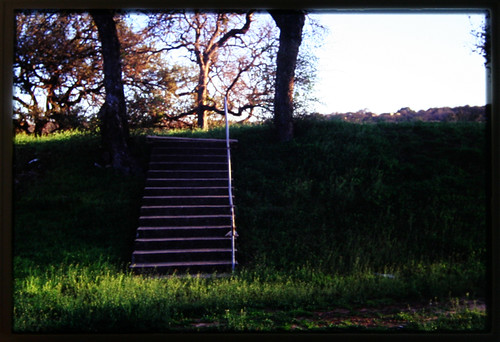"Would you carry a screwdriver?" Yes, if I have to turn screws.
For LF work and "serious" medium and small format work, I carry a spotmeter if I have meterless cameras, or sometimes even if I don't.
For meterless cameras that I'm carrying for casual snapping, I carry a reflective meter that I rarely really need to use, but is handy.
I also always carry an iPhone 3Gs (not actually my current cellphone) with a Lightmeter app on it. It's extremely accurate.
I'd still like to have a better reflective/incident meter than my early 1950s GE PR-1 Selenium meter, for low light, but they cost money.
Most of my cameras are metered, but for those who aren't, I have at least 3 solutions. 4 including my eyes.





